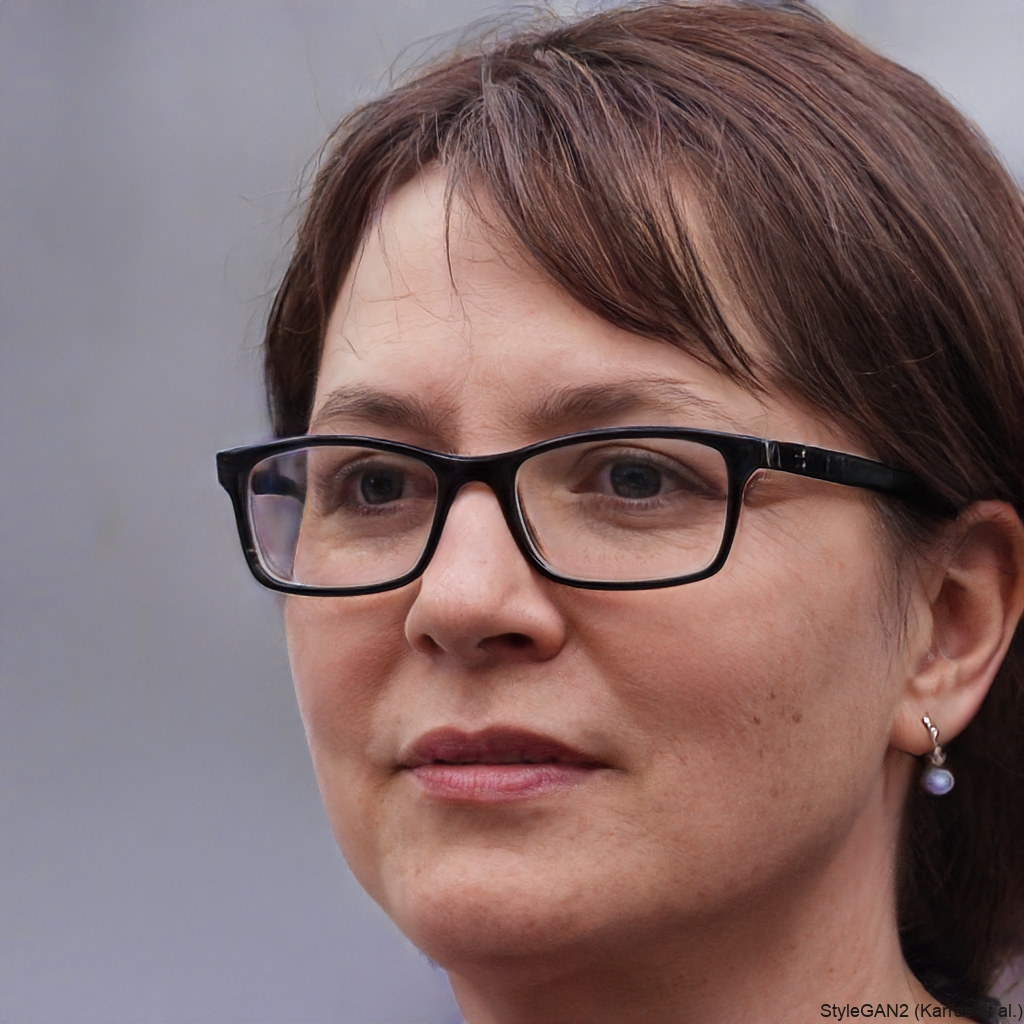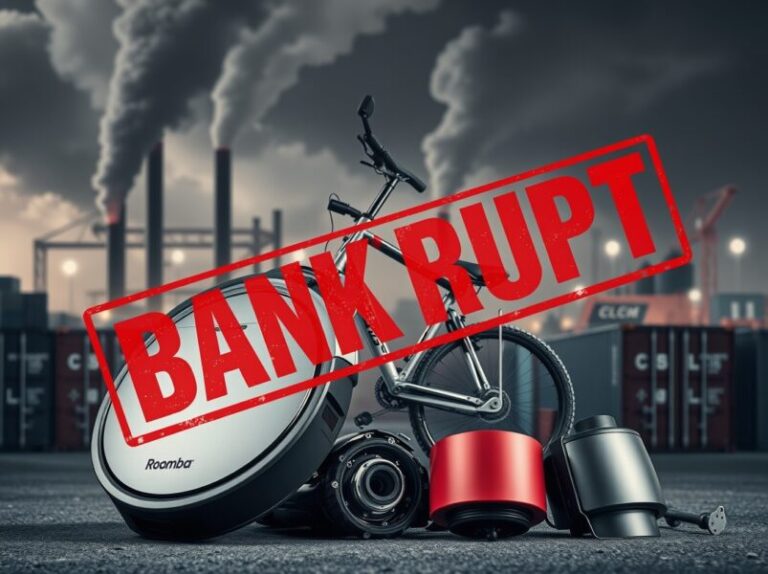As the digital asset landscape continues to evolve at breakneck speed, the global crypto market finds itself in the midst of major structural, technological, and regulatory shifts. From institutional moves to Layer 2 breakthroughs and mounting regulatory pressures, the second half of 2025 is already shaping up to be a transformative period for the industry.
In this article, we dive into the most significant developments that are currently shaping the crypto world—news that every investor, builder, and observer should be tracking.
1. Bitcoin Hits $85K: Bull Market or Overextension?
Bitcoin, the bellwether of the crypto market, recently surged past $85,000, reclaiming dominance amid global inflation concerns and rising institutional demand. The latest rally is being driven by several intertwined factors:
- Continued ETF inflows, with BlackRock and Fidelity leading the charge.
- Growing geopolitical tensions, particularly in Eastern Europe and Southeast Asia, pushing capital toward alternative assets.
- Rising adoption among sovereign wealth funds, notably in the Middle East.
However, analysts caution that the rapid price appreciation may be outpacing on-chain fundamentals. Miner sell pressure is increasing, and exchange reserves are gradually rising—signs that profit-taking may be on the horizon.
📈 “This isn’t just about speculation anymore. Bitcoin is now playing a role in global capital allocation,” says Lucas Renner, Head of Digital Assets at Fortuna Capital.
2. Ethereum’s Dencun Upgrade Goes Live
Ethereum’s much-anticipated Dencun upgrade is now live on the mainnet, introducing proto-danksharding and further optimizing Layer 2 rollups for scalability. The upgrade marks a key milestone in Ethereum’s long-term roadmap toward becoming a high-performance, low-cost settlement layer for Web3 applications.
Key benefits of Dencun:
- Significantly lower gas fees for Layer 2 transactions.
- Enhanced data availability for rollups.
- Improved modularity for future scaling features.
Major L2 platforms like Arbitrum, Optimism, and Base have already reported a 25–40% decrease in transaction costs, attracting more users and liquidity.
🧠 “Ethereum is cementing its position as the backbone of the decentralized internet,” notes Aisha Patel, a protocol researcher at StarkNet Labs.
3. Regulatory Momentum: Clarity or Crackdown?
Crypto regulation remains a hot-button issue worldwide. In the past month alone, we’ve seen contrasting approaches from key jurisdictions:
United States:
- The Crypto Consumer Protection Act (CCPA) has passed the Senate, introducing clearer guidelines for token classification and stablecoin issuance.
- The SEC and CFTC are reportedly collaborating on a unified crypto oversight framework.
Europe:
- The MiCA framework has entered its implementation phase, pushing exchanges to comply with strict reporting and reserve standards.
- France and Germany are lobbying for a pan-European digital asset registry to combat illicit finance.
Asia:
- Hong Kong has launched its official stablecoin licensing regime, hoping to attract fintech players.
- India has announced plans to test blockchain-based digital ID systems integrated with CBDCs.
The regulatory pendulum is swinging toward greater clarity, but also increased compliance burdens. This shift could pave the way for institutional growth, while pressuring non-compliant DeFi projects and privacy coins.
4. Real-World Assets (RWAs) Gain Momentum
Tokenizing real-world assets (RWAs)—including treasury bonds, real estate, and carbon credits—has become a dominant narrative in 2025. Projects like Centrifuge, Maple Finance, and OpenEden are leading the charge by connecting TradFi instruments to DeFi rails.
Recent milestones include:
- BlackRock’s tokenized fund on Ethereum surpassing $2 billion in AUM.
- The Singapore Monetary Authority (MAS) completing a successful pilot for tokenized green bonds.
- A growing number of central banks experimenting with blockchain settlement layers for cross-border transfers.
🌍 “RWAs are the bridge between traditional finance and DeFi. They provide yield, compliance, and scalability,” says Monica Jang, Partner at ChainVerse Ventures.
5. Binance Faces Further Legal Heat
Binance, the world’s largest crypto exchange, continues to navigate legal turbulence. Following its CEO’s guilty plea and hefty fines in late 2024, the platform is now under investigation by multiple EU regulators for alleged violations of MiCA-related disclosures.
While Binance maintains its operations across most regions, the scrutiny has led to:
- Tighter KYC requirements.
- Delisting of high-risk tokens.
- Slower rollout of new financial products.
Meanwhile, rival exchanges like Coinbase, Kraken, and Bitstamp are gaining ground, thanks to their more transparent operations and regulatory readiness.
6. AI and Crypto: The Integration Deepens
The convergence of AI and blockchain technologies is no longer theoretical—it’s operational. A growing number of platforms are integrating AI for smart contract auditing, trading bots, and content generation in metaverse applications.
Projects worth watching:
- Fetch.ai and SingularityNET are developing decentralized AI marketplaces.
- Autonolas enables on-chain autonomous agents with AI-powered decision-making.
- Ocean Protocol is tokenizing datasets for AI model training.
The fusion of these technologies promises increased efficiency and decentralization—but also raises new questions about data privacy, ethical design, and governance.
7. Institutional DeFi: A New Era Begins
Traditional finance institutions are slowly but surely entering DeFi through permissioned liquidity pools, on-chain KYC, and compliant staking mechanisms.
Recent headlines:
- JP Morgan launched a private DeFi lending protocol for corporate clients.
- Deutsche Bank partnered with MakerDAO to explore tokenized collateral management.
- Visa has expanded its stablecoin settlement pilot across six new countries.
💼 “This is no longer DeFi vs. TradFi—it’s DeFi within TradFi,” quips Jason Tien, DeFi strategist at Delphi Digital.
Closing Thoughts: A Market on the Move
The crypto space in 2025 is being shaped by convergence, compliance, and constant innovation. Ethereum continues to build, Bitcoin reclaims its macro hedge narrative, and new use cases—from tokenized RWAs to decentralized AI—are redefining the utility of blockchain.
Yet, challenges remain. Regulation is tightening, security risks persist, and centralization concerns are growing. Navigating this environment requires staying informed, agile, and fundamentally curious.
As the dust settles on these latest developments, one thing is clear: crypto is no longer the future—it’s the now.
Donna M. Houseman is a blockchain strategist and senior writer with a sharp eye for dissecting crypto regulations and digital finance trends. With over a decade of experience in financial journalism, Donna bridges the gap between institutional finance and decentralized technology. When she’s not breaking down complex protocols, she enjoys collecting rare NFTs and hosting Twitter Spaces with DeFi innovators.










